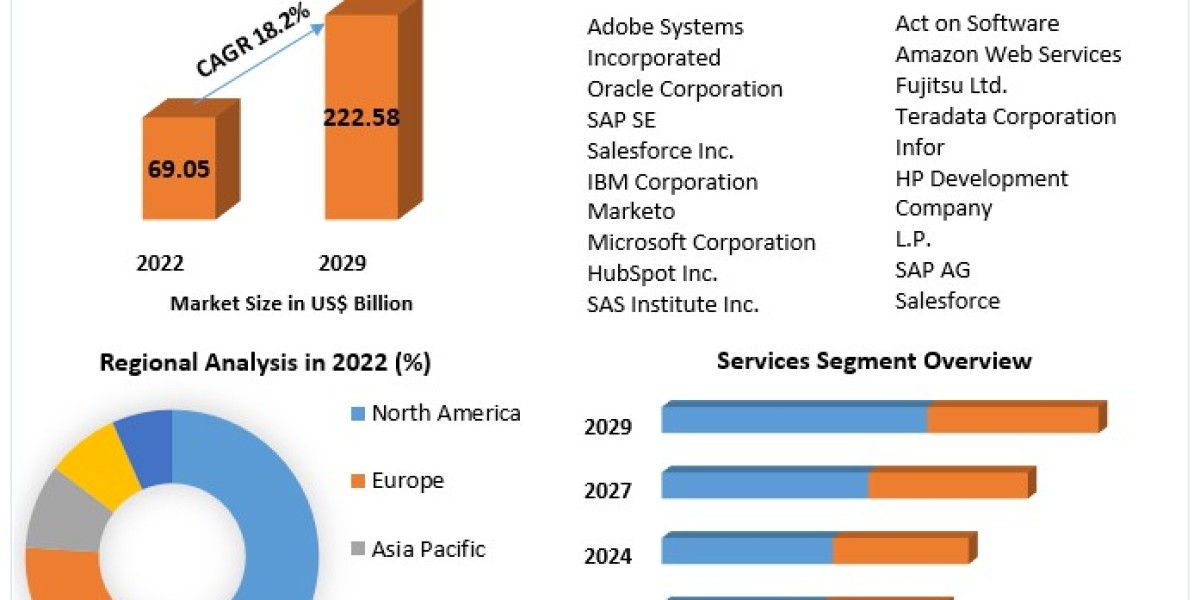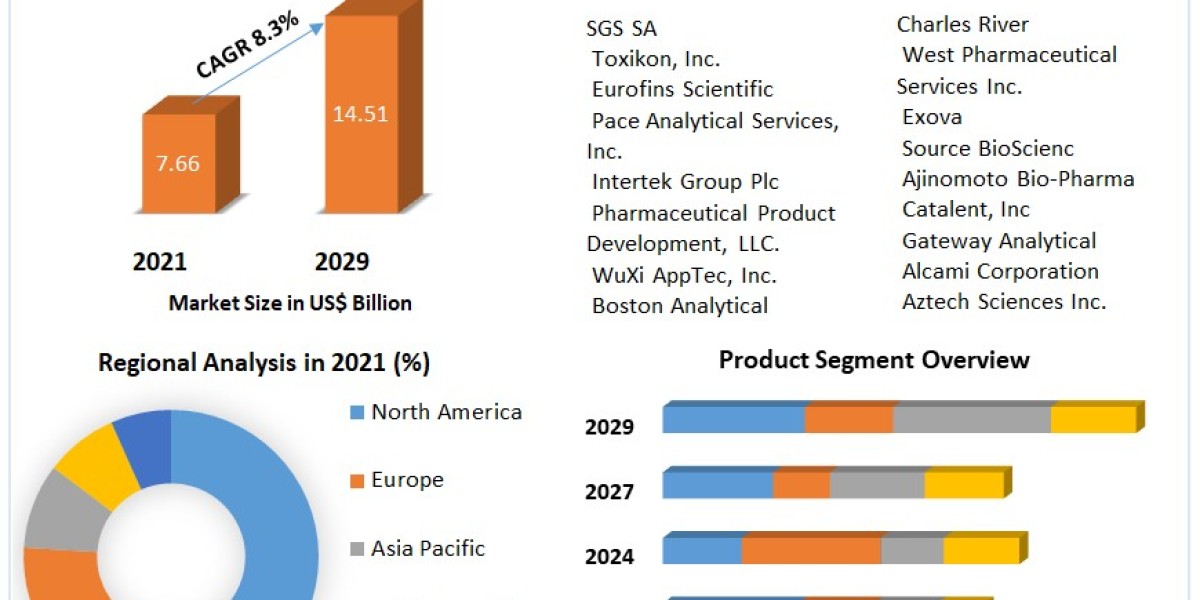According to the latest comprehensive research report by Fact.MR, the global in-building wireless market is projected to be valued at $43.6 billion in 2024 and is expected to grow at a CAGR of 10%, reaching $113 billion by the end of 2034.
The increasing penetration of mobile phones, coupled with the rising demand for smart and intelligent devices, is poised to drive the growth of the in-building wireless market. In recent years, mobile devices have evolved from simple communication tools to sophisticated smart and multifunctional solutions. The commercialization of next-generation 5G networks is anticipated to significantly impact in-building wireless market trends over the next decade.
Download a Sample Copy Of Report:
https://www.factmr.com/connectus/sample?flag=S&rep_id=7458
The growing commercialization of the 5G network is expected to drive the increased adoption of in-building wireless solutions. Additionally, the rising demand for enhanced broadband and cellular coverage is likely to encourage companies to adopt faster networks, thereby contributing to global market growth.
Key Takeaways from Market Study:
- The global demand for in-building wireless services is projected to reach a market valuation of US$ 43.6 billion in 2024.
- The in-building wireless market is forecasted to expand to US$ 113 billion by the end of 2034.
- The market is expected to grow at a CAGR of 10% from 2024 to 2034.
- North America is estimated to hold a 31.5% share of the global market by the end of 2034.
- The manufacturing sector is anticipated to account for 20% of global market revenue by 2034.
- Demand for in-building wireless solutions in South Korea is projected to accelerate at a CAGR of 11.6% through 2034.
In the United States, the demand for in-building wireless services is anticipated to grow at a CAGR of 9.8%, reaching US$ 16.2 billion by 2034. The increasing need for well-defined and specific network coverage is expected to drive the adoption of in-building wireless solutions. Furthermore, the presence of several prominent players in the country is likely to contribute to market expansion.
Key Companies Profiled:
- Comba Telecom Systems Holdings Ltd.
- Nokia Corporation
- Airspan Networks
- Ericsson
- Zinwave
- Huawei Technologies Co.
- Dali Wireless
- NEC Corporation
- Axell Wireless
- CommScope Inc.
According to a Fact.MR study, the infrastructure segment is forecasted to hold a 58% share of the global market by the end of 2034. The expansion of this segment is driven by the growing demand for consistent mobile services. Additionally, various hospitals are deploying in-building wireless solutions to ensure reliable outdoor cellular signals, addressing issues related to inconsistent cellular networks.
Read More: https://www.factmr.com/report/in-building-wireless-market
As per Fact.MR's analysis, the manufacturing sector is expected to account for 20% of the global market by 2034. In this sector, in-building wireless systems enable the integration of machines, sensors, personnel, vehicles, and various other devices. These solutions address multiple issues such as service quality, compliance, security, and reliability, ensuring active involvement in the organizational network.
Competitive Landscape:
Leading market players are implementing various strategies to enhance their presence across regions. Tactics such as collaborations, acquisitions, and partnerships are among the methods used to gain a competitive edge. Furthermore, stringent quality control and the development of new in-building wireless services are expected to help companies expand their reach.
For instance:
CommScope, a U.S.-based network infrastructure provider, introduced open interfaces, new radio points, and virtualized RAN functions for its OneCell in February 2020. OneCell is a small cell solution that offers a flexible approach for multiple operators deploying 5G networks within their organizations.
In April 2020, Ericsson partnered with GCI to integrate the first 5G cell sites in the United States. GCI plans to upgrade numerous cell sites in Girdwood, Anchorage, and Eagle River, offering comprehensive 5G-band solutions.
Segmentation of In-Building Wireless Market Research:
- By Component :
- Infrastructure
- Services
- By Business Model :
- Service Providers
- Enterprises
- Neutral Host Operators
- By Venue :
- Large
- Medium
- Small
- By End User :
- Government
- Manufacturing
- Transportation & Logistics
- Retail
- Hospitality
- Healthcare
- By Region :
- North America
- Europe
- East Asia
- Latin America
- Middle East & Africa
- South Asia & Oceania
In conclusion, the in-building wireless market is experiencing robust growth driven by the increasing demand for seamless and reliable indoor connectivity. As enterprises, institutions, and residential complexes seek to enhance their wireless coverage, the adoption of advanced in-building wireless solutions such as Distributed Antenna Systems (DAS) and small cells is accelerating. The proliferation of smart devices and the growing reliance on high-speed data services further underscore the need for efficient in-building wireless networks.








